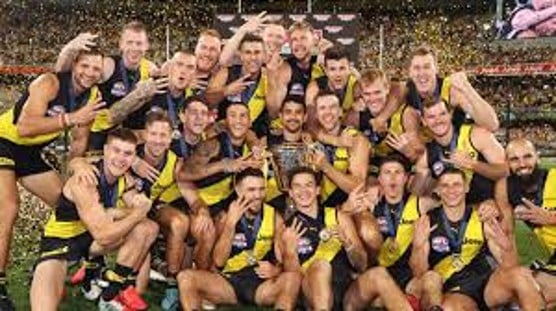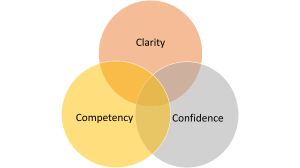Being back in Vanuatu when it was hit by two consecutive Category 4 cyclones in 72 hours (which was apparently a first), got me a front row seat for leading in uncertainty. I watched my colleague and friend push through her own reactions and step up to the leadership required.
Prior to the cyclones impacting, she brought her staff together. She reminded them who they were, what the organisation stood for and expressed trust in their capacity, as they had been through cyclones many times over the years.
After the cyclones hit, the first thing was to ensure all staff were safe, which thankfully they were. Then any assistance to staff was addressed. The next thing she did was have a meeting with as many leaders as possible to discuss what the likely scenarios would be; what strategic focus the organisation had; what capacity and resources were available and what risk could or could not be tolerated.
These 2 actions of expressing trust in staff capacity and providing the strategic parameters for action in the response, provided enough momentum to get going. Staff were either assigned tasks or volunteered themselves. They got stuck into planning, purchasing and responding – even though their own houses were damaged. Within 24 hours, distribution of good to those most affected occurred.
On returning back to Australia, I pulled out some of the learning from 10+ years of responses I had collated. The one that jumped out was this summary diagram:
This was exactly what my colleague had demonstrated! She created clarity by aligning the action to the overall purpose of the organisation. She communicated trust in the staff competency. She provided roles and responsibilities. She also ensured that the 2 elements of communication were addressed: i) Sense making – establishing the ‘what’ and ii) purpose and direction to establish the ‘where’, ‘when’ and ‘how’. Both elements of communication needed to be iterated as things changed. This necessitated a focus on decision making, especially adapting decisions as needed. Having a clear role focus, a common purpose and decision making protocols enabled team dynamics. In particular, it reinforced high levels of trust. In a high trust, high purpose team, elements of conflict, accountability and results were rapidly attended to.
It wasn’t perfect – the messiness of ambiguity never is, no matter how experienced people are. It did provide a timely and experiential reminder of how to step through uncertainty:
✅ Start with the team. Taking care of the team, expressing trust in their capacity is important. While we may not know what we are doing, we know who we are doing it with.
✅ There is a lot we don’t know, so start with what we do know: purpose, capacity, resources and risk.
✅ Ensure role clarity and decision rights.
✅ Build in adaptation with a rhythm of action/reflection. This will allow for the emergence of clarity and momentum. Oh, and make sure information management is a dedicated function, this is critical to both sense making and decision making.
As Stephen Cooper says “When a company has a clear mission, and people know how their individual mission fits into the big picture, everyone paddles in the same direction.” At the start the imperative will pull people together. However, as the imperative widens or dissipates, people tend to doubt or meander. If not addressed this can create inefficiencies and increase the potential for conflict. The action/reflection rhythm throughout the system is important to maintain clarity and confidence.
The underlying requirement for rapid decision making is tolerable failure. The actions are a series of experiments, which are reviewed/refined in the reflection. This entails taking small risks and addressing threats to the endeavour from multiple small failures. Very rarely does it all come crashing down from 1 big failure. More likely is the compounding of small failures. So skating the line between taking enough risk to maintain momentum and managing that risk so it doesn’t overwhelm is a key leadership behaviour.
Consistent practice of rapid decision making, and reflection will build the muscles required. Much like a game of Australian Rules Footy!
And all good footy teams need a coach.
🖐️ My name is Steve Goudswaard, your Executive Coach. Visit my profile and let’s connect: https://thecoachingdirectory.com.au/coach/navigating-the-uncertain/






